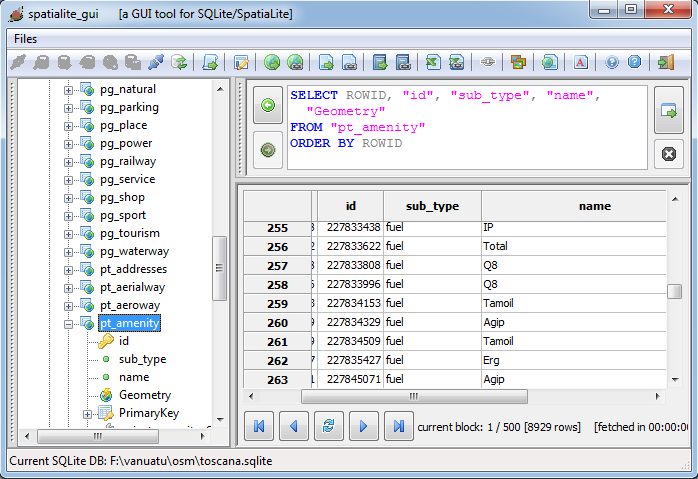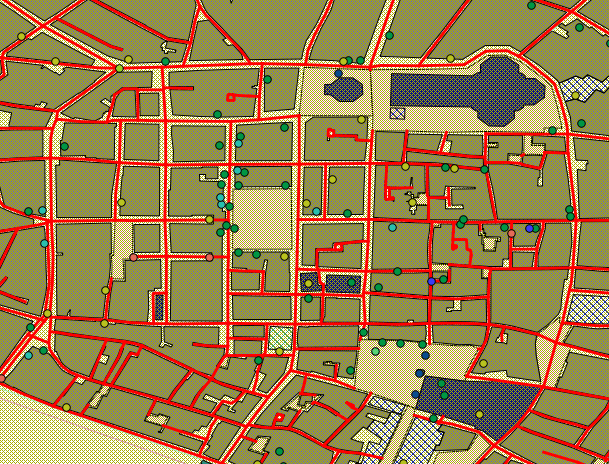usage: spatialite_osm_map ARGLIST
==============================================================
-h or --help print this help message
-o or --osm-path pathname the OSM-XML file path
both OSM-XML (*.osm) and OSM-ProtoBuf
(*.osm.pbf) are indifferenctly supported.
-d or --db-path pathname the SpatiaLite DB path
you can specify the following options as well
-cs or --cache-size num DB cache size (how many pages)
-m or --in-memory using IN-MEMORY database
-n or --no-spatial-index suppress R*Trees generation
-jo or --journal-off unsafe (but faster) mode
| 
